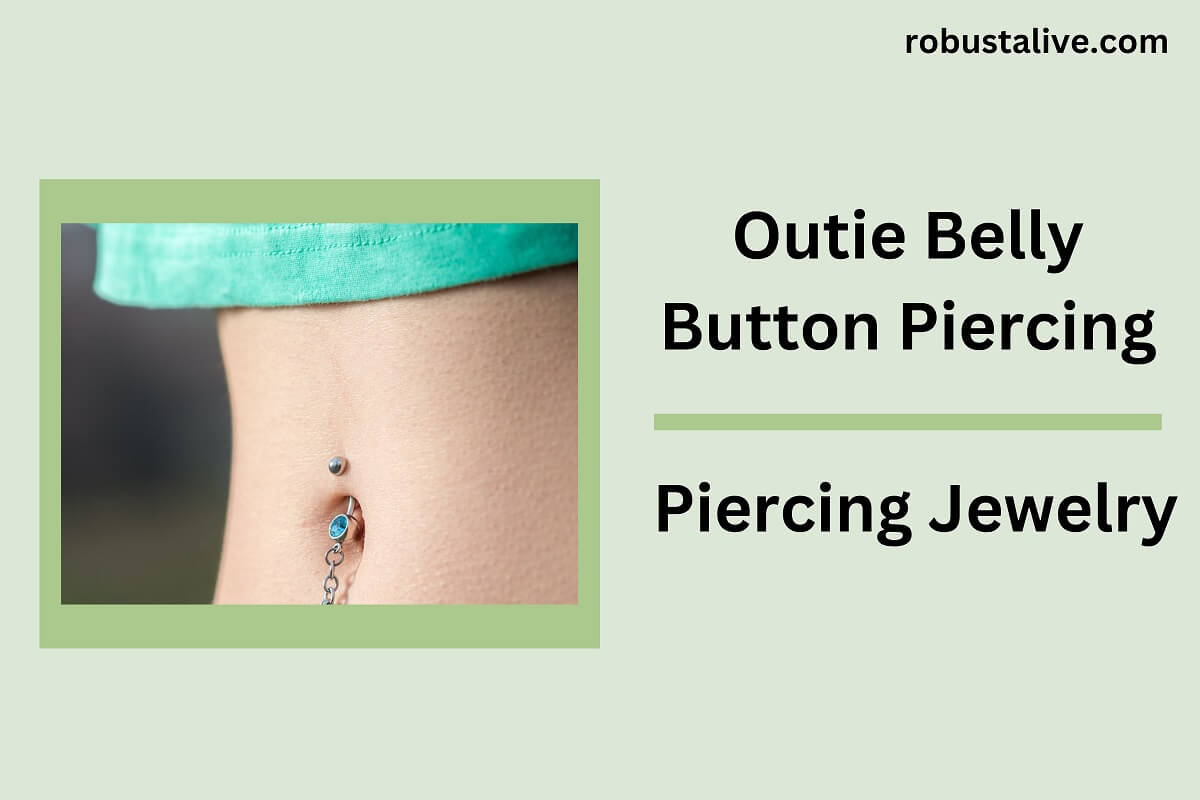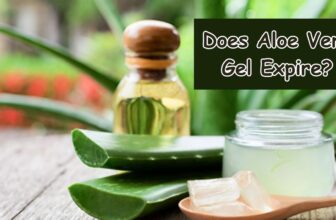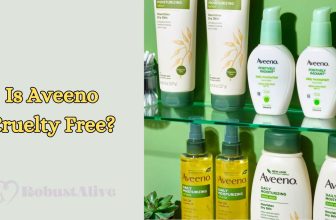Outie Belly Button Piercing- Piercing Jewelry

Outie belly button piercing has become famous nowadays. Belly button piercings make you feel effortlessly beautiful from the outside. That’s not entirely wrong, but this comes with a great responsibility of proper care to look healthy.
So it’s essential to get complete information about the outie belly button piercing. Outie belly button piercings are easier to manage than the inner ones. You don’t have to look in the mirror to clean, and it’s painless due to the fleshy site.
Aftercare is critical for the piercing to heal completely. This article will give you all the vital information about the outie navel piercing and its risks. So without further delay, let’s dig into it.
Have a detailed look at your belly button
You may have an outie but still have a proper space for accommodating a navel piercing above your nub; it’s the most common placement of a navel piercing. Look at your belly button if you are a candidate for belly button piercing.
Stand in front of the mirror and look at the skin above your belly button. You can check if you can pinch to see if you have a good lip of skin to get it pierced. See if there is enough space above and below that skin flap for the jewelry to sit without putting extra pressure on your nub. If yes, then you are perfect for getting an outie belly button piercing.
If you want to pierce below the bellow belly button, check the same way. You can get the piercing if you have a well-defined skin flap. If you aren’t sure how to prevent it, consult a professional piercer.
Read More: Can I Get a Tattoo While Breastfeeding?
Type of belly button piercings
There are different types of belly button piercings. Here I have mentioned the few common types famous all around the world.
- Navel piercing
- Curved barbell
- Belly button ring
- Bottom belly button piercing
- Outie belly button piercing
- Horizontal belly button piercing
- Inner outie belly button piercing
- Double belly button piercing
- Multi-navel piercing
- Deep navel piercing
Belly button piercings have become a trend these days.
Outie belly button piercing
Piercing is the general way for an outie belly button. A surgical needle is passed through the tissues above the navel plug. After that, the jewelry is passed through that piercing and hangs in front of the inverted plug. To support such piercing, a desired anatomical shape is vital.
Without this lobe shape, the stress on the piercing would increase, which can tear or migrate the form. If the person’s anatomical shape doesn’t support the navel piercing, people go for alternatives like the outie navel piercing. Unlike the other navel piercing, an outie belly button piercing is directly done from the plug. Then the jewelry plugs through the navel and hangs directly below your navel.
Complications to be aware of
When it comes it belly button piercing, it heals slower than the other piercings. It takes around 9 to 12 months. Some factors contribute to slow healing. Firstly our skin around the navel area receives very little blood flow, which makes it harder to heal faster.
Secondly, the piercing location is where every other second has some movement from stretching, bending, folding, and especially the friction from the waistbands.
In addition, if you have a terrible piercing placement by an inexperienced piercer, the extra pressure of the jewelry will even slow the healing. The longer your piercing will take to heal, the more risks there will be. Here are some of the common complications of outie belly button piercing.
Bacterial Infection
Bacterial infection on the piercing area is distressing. According to a recent survey, about one-fifth of every piercing gets infected. The infection chances increase if you have any previous health issues. It means if you are dealing with any illness like a weakened immune system or diabetes, then the cases of the infection get higher.
-
Allergy
Your body can show allergic skin reactions to the piercing material. Healing involves blood loss, jewelry rejection, scrapes, keloids, and many others.
-
Tearing
Your jeans and shirt can get caught in your belly jewel and can result in tears, especially when you are physically active. The specialist recommends using a hard patch, tight clothing, or a secure elastic band during physical activity to avoid tearing.
-
Keloids
Keloids form after severe skin trauma, and they have raised scars. They can even develop after three months of piercing and continues to grow for years. It isn’t a severe complication, but sometimes it can be very itchy and painful. If you are already prone to keloids, we recommend you skip piercing altogether.
-
Pain
Before piercing, remembers the pain, you will have to bear till it completely heals. However, it varies from person to person and depends upon various factors.
Jewelry types to use
Different jewelry types can be used in outie belly button piercing. These types include:
-
Stainless Steel
Stainless steel is usually the most preferable outie button ring type. It has low chances of irritation.
-
Titanium
If you want to prevent the side effects of surgical steel, we recommend you use titanium jewelry. It’s the best option if you are allergic to gold or nickel.
-
Gold
If you can afford it, go for the gold. It will not only give you a rich look but will also save you from many infections. Besides, use at least 14 karats because anything less than 14 may be wrong for the piercing.
Conclusion
Belly buttons come in different shapes and sizes and are all normal. But piercing outies can be a little challenging. An experienced piercer is the only person to tell you if yours is suitable for piercing or not. If not, he can suggest you a better alternative.
FAQs about Outie Belly Button Piercing
What type of belly buttons can’t get pierced?
There isn’t any specific belly type that can or can’t get pierced. You can get pierced if you have enough skin over your belly button. A professional piercer can provide the correct information about your specific belly piercing point.
Which belly button ring is best for me?
If you have sensitive skin, titanium, steel, and Bioflex can be the ideal choice. Titanium is the perfect among these three as these rings are made of inert metal, so they don’t trigger any allergic reaction.
Is my belly button suitable for piercing?
To get a belly button piercing, you should have a flap of protruding skin on top or bottom where you want the piercing. If there is proper space for the jewelry to settle, you can comfortably get a piercing.
References
https://www.healthline.com/health/belly-button-types
https://www.healthline.com/health/body-modification/outie-belly-button-piercing
https://tattoos.lovetoknow.com/Outie_Navel_Piercing





